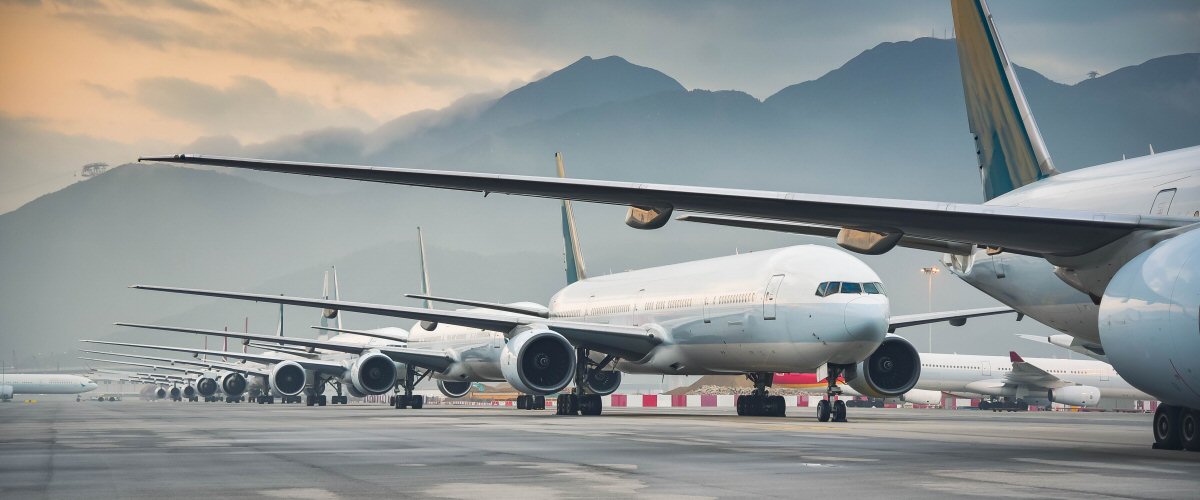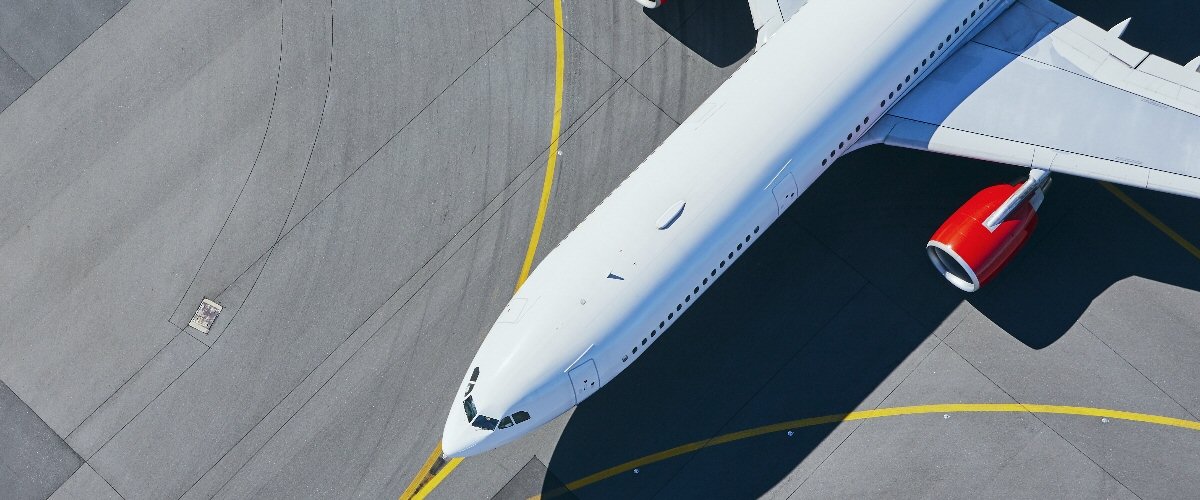Join our exceptional people and find out why they're passionate about IBA
As a leading provider of aviation intelligence, market analysis, aircraft asset management and strategic and tactical guidance, we can't afford to sit back and wait for things to happen.
That's why our diverse, talented and inspirational people are forward-thinkers that are dedicated to delivering creative solutions and building trusted relationships with our global clients.
A career at IBA Group will enable you to perfect your talents, working with some of the most recognised aviation analysts, appraisers, technical managers and researchers in the industry. Come join our team of intelligent and passionate individuals.






